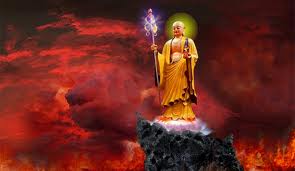Things have been busy at Dragon Mountain, and there will be more announcements coming over the next few months. This blog will be used for announcements etc., while we are moving to a different platform for topic and discussion posts (to be announced soon).
Mental Health Care Advocates of Rhode Island/OASIS
Dragon Mountain runs the Responsive Wellness Program at Mental Health Care Advocates of RI/OASIS. MHCA/OASIS is a peer run community for those with mental illness. Dragon Mountain holds 7 sessions a week of qi gong and meditation, plus an additional once a month pain management guided group meditation. We have been present with this community for almost two years and are excited to see how it is growing.
Fox Point Senior Citizens Center
Dragon Mountain is now offering the Responsive Wellness Program every Weds at 9:30am (right before bingo) at the Fox Point Senior Center. This is a seated program with movement, meditation and information all focused on providing pain management and improving quality of life. Fox Point Senior Center is free of charge, serves lunch (donation requested but not required), has many different fitness programs including one that features the beautiful pool, as well as different activities throughout the week. They are located right in the Boys and Girls Club on Ives (next to the Fox Point Library). This is a wonderful community and we are honored to have been asked to be a part of it.
PS - they could also use a volunteer for a few hours a week to help in the office, contact me via the z-cc.com site.
Online Video, eBook and Paper Programs
We are almost done completing the Compassionate Facilitator Program, Understanding Loss series and the Chan Buddhist Program "The 10 Ox-herding Pictures: Developing & Deepening Buddhist Practice." Both will be available via online video instruction, by eBook, and as paper books. This spring should see the release of online video programs in several of the martial arts taught at Dragon Mountain as well. Check back for release announcements of the stages of these programs.
The "10 Ox-herding Pictures" is our dharma teaching program. It is a guided method to help you:
- Develop and deepen your understanding and practice of Chan Buddhism
- Live, act and understand the world through the practice of Chan Buddhism.
- Learn to use the sutras as part of your practice.
- Living towards dhyana.
- Non-verbal communication
- Methods of compassionate group facilitation
- Assessment of group practices
- Implementing change
- Preventing Facilitator Burnout
- Understanding and Managing Bias
- Group Dynamics
- Sustaining adaptive groups
- Crisis Intervention
- Boundaries and adaptive communication
- Abortion
- Miscarriage
- Infertility
- Chronic pain
- Aging
- Disability
- When a parent dies
- When a partner dies
- When someone you know dies
- When a pet dies
- When an important figure dies
- Tragedy in the news




